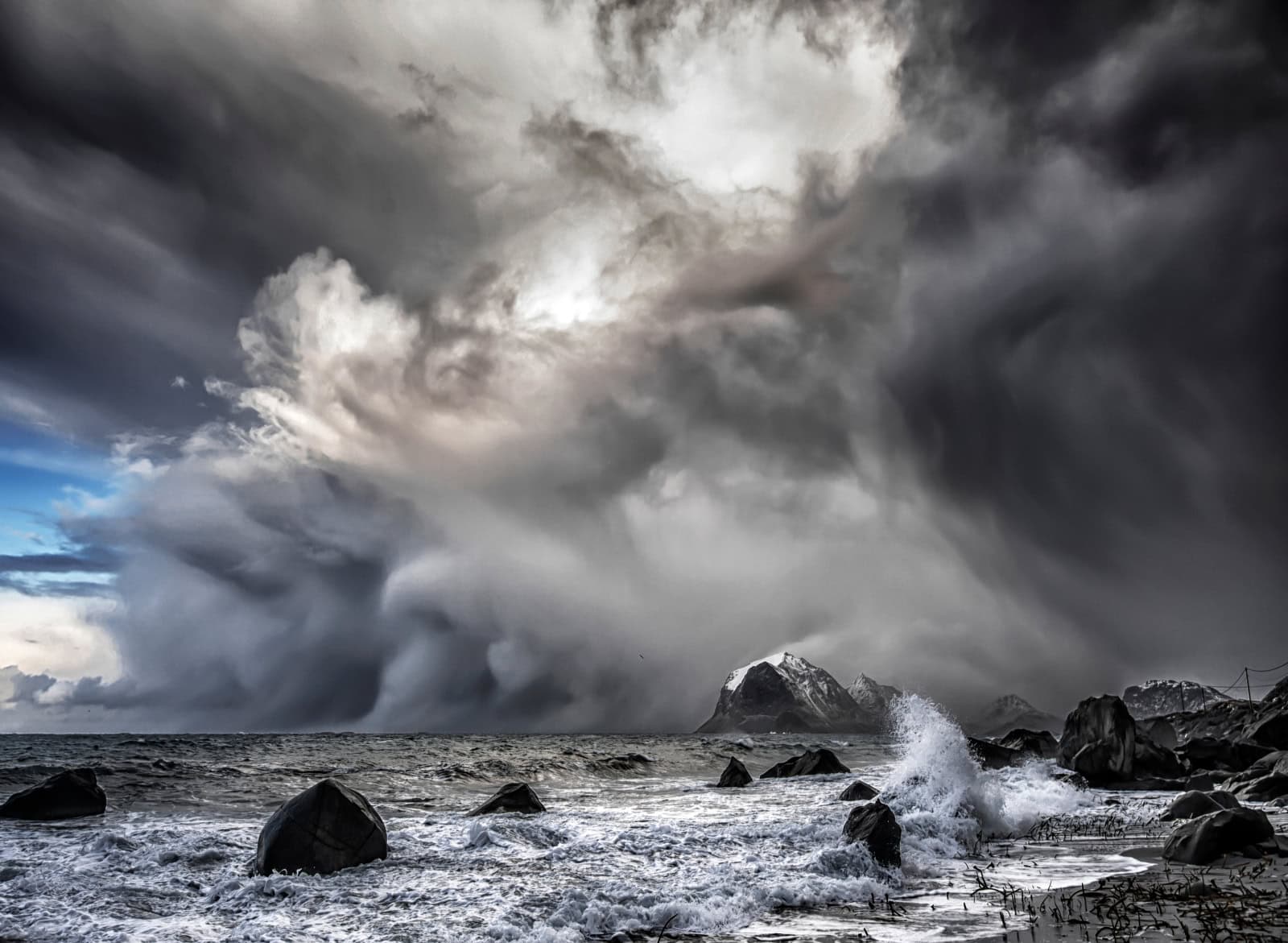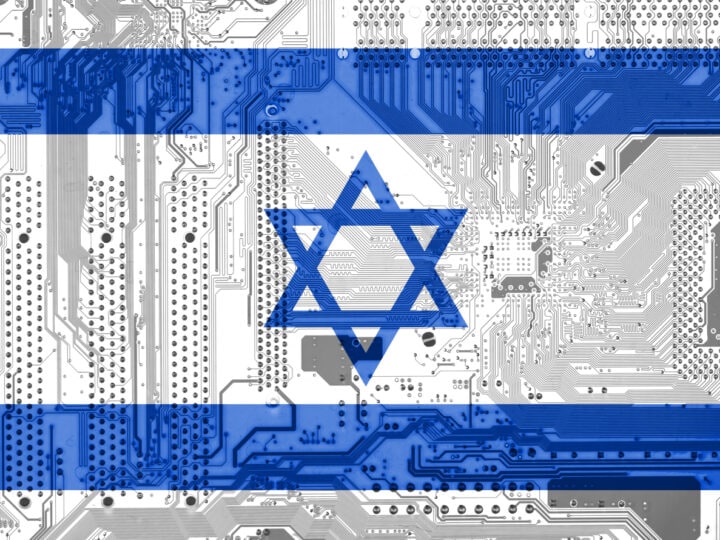An increasing number of thunderstorms at the North Pole are contributing to the melting of Arctic ice sheets, say researchers from Tel Aviv University (TAU).
While thunder and lightning in the Arctic region used to be extremely rare because of the intense cold, the conditions for thunderstorms are increasingly common in the region due to global warming, which is happening four times faster at the poles than elsewhere.
Thunderstorms occur when pockets of air warmed by the ground rise up into the atmosphere, cool down and condense as storm clouds. Due to global warming’s effects on the poles, Arctic thunderstorms have become more common, especially in the summer.
“Until recently, lightning as a phenomenon was extremely rare in the Arctic region of the North Pole, due to the intense cold,” say the researchers, whose findings have been published in the journal Atmospheric Research.
“However, due to the warming of the Earth and the polar regions, lightning storms have recently started appearing there in the summer months, and these storms further accelerate the process of melting the ice sheets – in a feedback loop.”
The TAU researchers, working with colleagues at Tripura University in India, compared 40 years’ worth of NASA’s Arctic satellite images with data from 70 lightning detection stations around the world. They concentrated on the warmer months — June, July and August — of every year since 2010.
Their statistical analysis showed that as the number of storms increased in any given year, so did the melting of the sea ice.
Prof. Colin Price, of TAU’s Department of Geophysics, elaborated on the findings.

“We found a clear statistical relationship between the number of lightning storms in the Arctic region in a certain year and the rate of sea ice melting in that year,” he said.
“This means that the storms are another factor that increases the melting of the polar ice, producing a feedback loop: the initial melting of the ice increases the dark surface areas of the sea which absorb more of the sun’s rays, warming up the waters, causing more melting, accelerating the rate of warming, which in turn increases the amount of lightning storms, and the cycle repeats itself.”
“The white polar ice reflects the sun’s rays, which would normally cause the Earth to cool, but decades of global warming have been melting that ice at a rate of about 70,000 sq km per year, or 6.5% per decade,” he said.
Price noted that he expects more frequent storms in coming years, and an accelerated melting of the Arctic ice sheets. He pointed out that, although storms are a factor in polar ice melts, greenhouse gases still remain the primary cause of global warming.
















